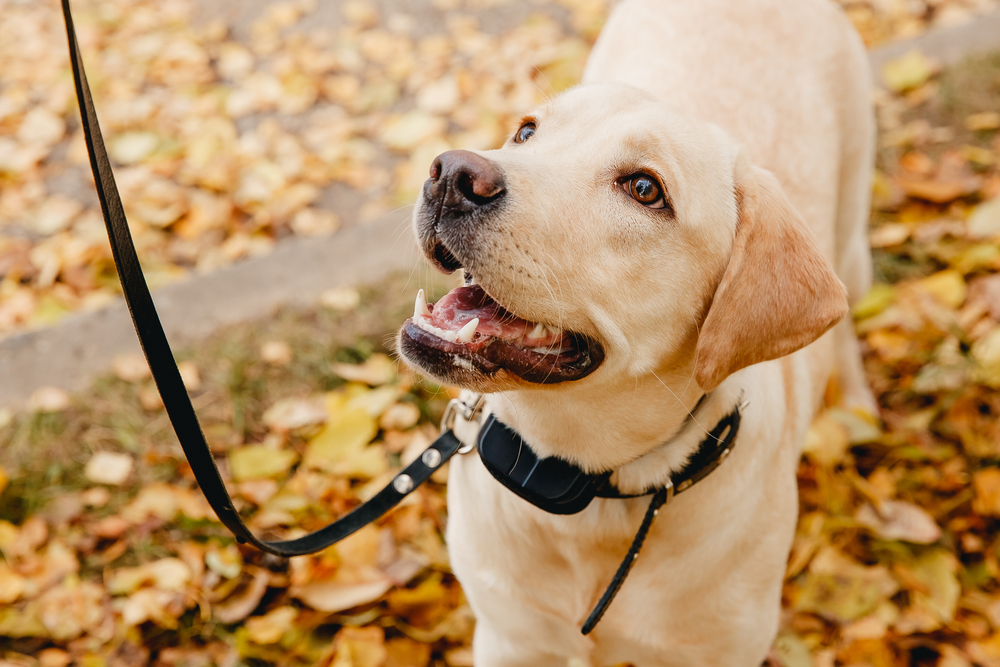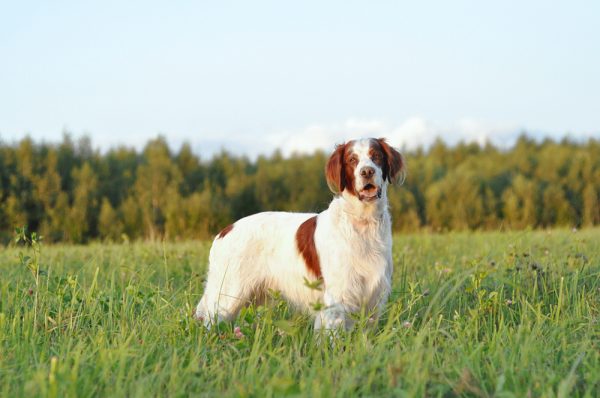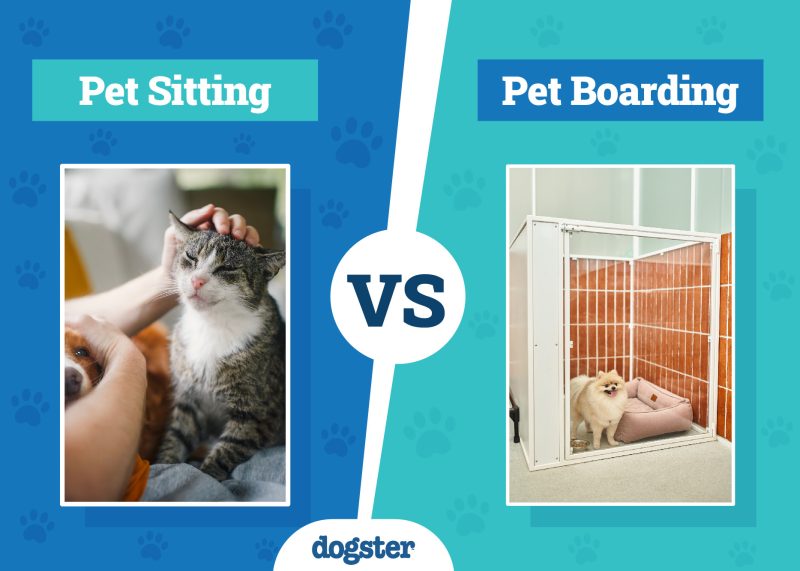Dogs can focus on various aspects of communication beyond verbal ones, similar to humans. For example, we utilize facial expressions when communicating with others, whether we realize it or not 1.
So, can dogs do the same thing? Can they recognize and read the facial expressions of humans and other animals?
The short answer is yes! Read on to learn more about this interesting topic and how facial expressions can affect communication between you and your pup.

How We Know That Dogs Perceive Facial Expressions
If you’re like most people who live with a dog, you’ve likely noticed that they react to your facial expressions. However, this was just anecdotal evidence for a long time. Things changed in 2016, when the University of Lincoln in the United Kingdom performed experiments that helped confirm what most of us already suspected: Dogs can indeed recognize and react to a human’s facial expressions.
During the tests that the group conducted, a group of dogs was exposed to photos and audio of humans and dogs. Each dog in the study was introduced to humans and dogs looking/sounding happy, humans and dogs looking/sounding angry, and humans and dogs looking/sounding neutral.
The scientists took note of the dogs’ reactions and studied whether facial expressions affected them in any way. They determined that the dogs would focus on both human and dog facial expressions and their vocal cues to determine others’ emotions.
Why Dogs and Humans Communicate So Well
At the start of the human-canine relationship, domestic dogs were relegated to outdoor work and were thought of more as livestock or commodities than anything else. They were not commonly brought into the home and included as part of the family. However, as time went on they started being brought indoors where they could be an integral part of the family dynamic.
As canines interacted with human companions regularly, it was necessary to learn how to communicate without words for obvious reasons. From there, dogs that learned to communicate using various techniques, including facial expressions, vocal cues, body language, and overall body movement, had an evolutionary advantage.
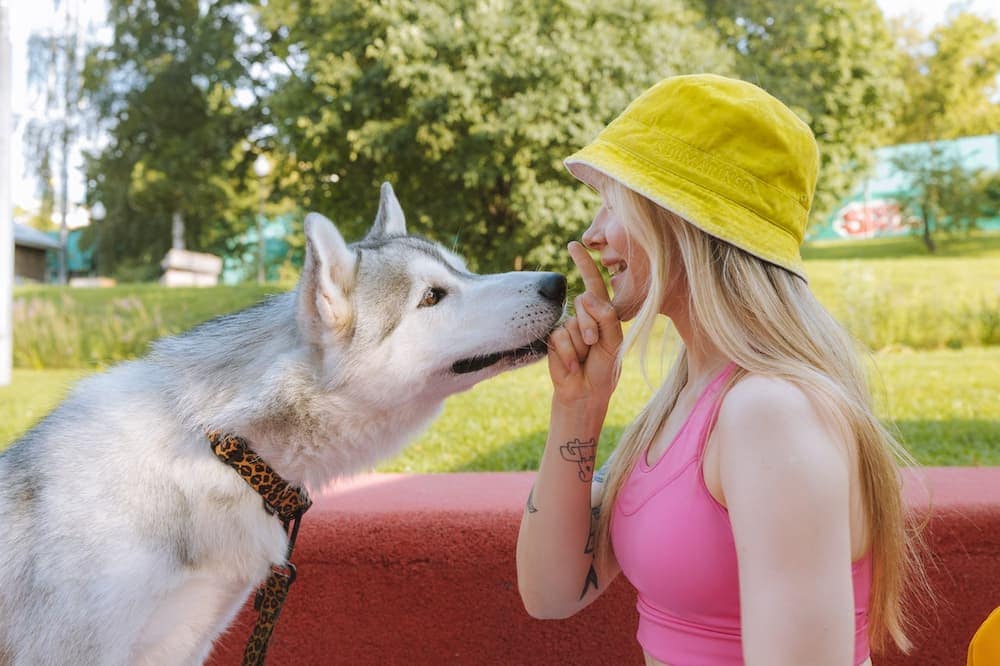

Can Dogs Read the Facial Expressions of Other Dogs?
Yes, dogs can read the facial expressions of other dogs just like they can with humans—possibly even more effectively and efficiently however, body language and sense of smell are more important to dogs. They understand when dogs communicate friendliness or aggression, partly due to the look on their face. Dogs likely used the power of canine facial expressions to communicate with each other long before they learned how to identify human ones.
Test Your Dog’s Ability to Perceive Your Facial Expressions
If you are interested in how your dog perceives your facial expressions, you can do your own experiment at home. When things are calm, sit in front of your dog with a straight face. As they look at you, give the biggest smile that you can muster, and see what happens. You might notice that their tail starts wagging or they begin a method of playing with you. Next, try giving them a sad face to see what happens. Chances are that they will lay their head in your lap or do something goofy to try to make you happy again.
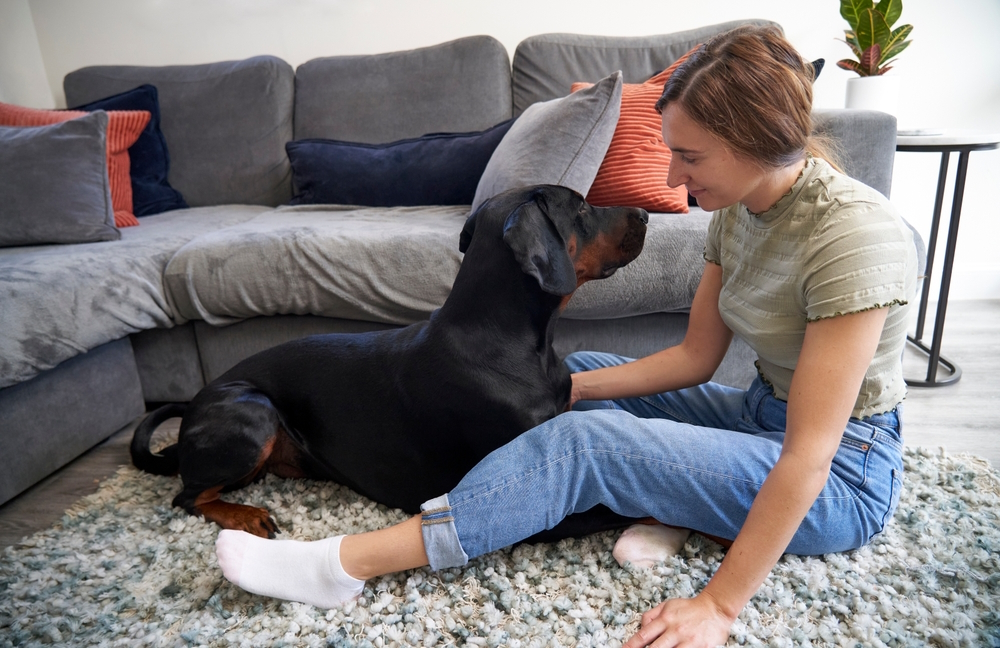

Final Thoughts
Your dog can indeed read your facial expressions, though of course, their understanding of exactly how you’re feeling is limited. Still, they can likely tell whether you’re happy, sad, or angry and will usually react accordingly.
Featured Image Credit: Kellis, Shutterstock
